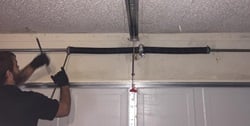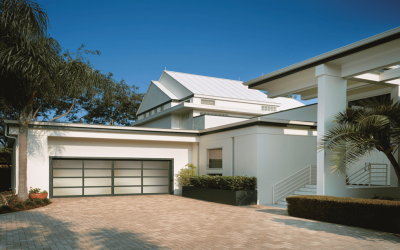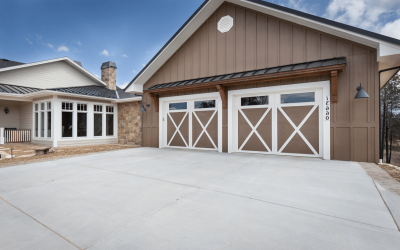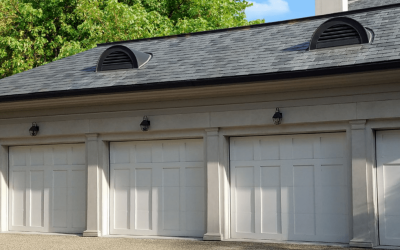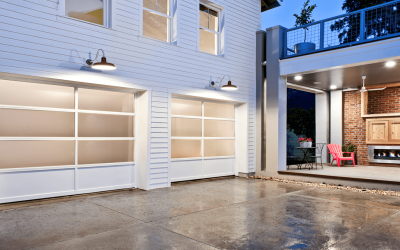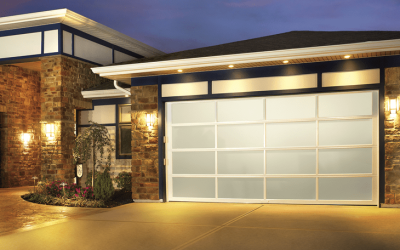There are many factors that can reduce the life cycle expectancy of a garage door torsion spring, but there are things that can also be done to maximize the life cycle expectancy.
The life cycle of a garage door spring is the number of times the garage door can open and close before the spring will fail or break. A life cycle is one full open and close cycle of a garage door.
The most important factor in a springs life cycle is making sure the spring is the proper spring for the weight of the garage door. Garage door springs are not one size fits all. When a garage door is installed or spring replacement is required it is critical that the garage door be weighed in its current condition. With the weight of the garage door, then the proper spring(s) to counterbalance the weight of the garage door can be determined.
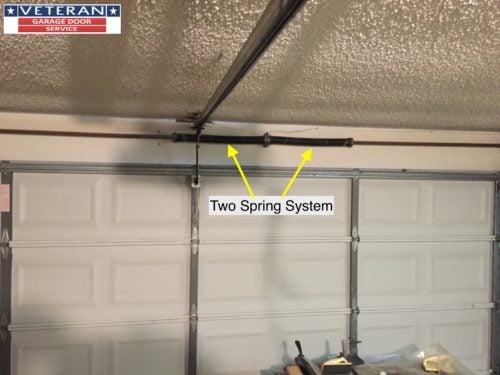
Once the weight of the garage door is determined and the proper spring size is installed, it is important to apply the proper number of winds to the spring(s). This will be different based on the height of the garage door, the size of the drum and the height of the lift.(standard lift, hi-lift or full vertical lift).
If a spring is over wound it can cause premature spring failure along with damage to other parts in the garage door system. This can also be dangerous when the garage door has to manually opened and closed. When manually opening a garage door with a spring that is over wound, the door may try to fly open. This can be dangerous and can cause injury to the person opening the garage door and the garage door flying open can damage other parts in the garage door system. When trying to close a garage door with is spring that has been overwound, the garage door can be very difficult to close. This can cause damage to the garage door opener as it is having to work to hard to close the garage door.
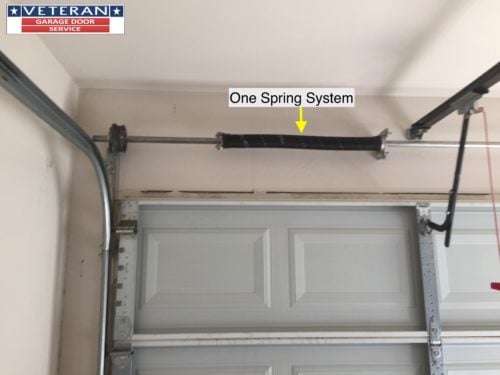
The process of overwinding a garage door spring can be dangerous for the installer as well. Over winding a garage door torsion spring can cause the spring to break during the winding process.
Under winding a garage door torsion spring creates its own set of problems and is not recommended. A underwound spring can allow the door to drift down over time, it can cause the door to be heavy when opening and the door may even fall to the floor when the door is in the open position. When manually opening a garage door with an underwound torsion spring, the door may be heavy to open and if you are using a garage door opener, it can damage the opener motor.
Garage door torsion springs are right hand wound and left hand wound. This is important because a right hand wound spring is installed on the left side of the garage door, when looking at the door from the inside of the garage. The spring cone on a right hand wound spring should be color coded red. So a red spring cone will indicate that it should be installed on the left side of the garage door. The left hand wound spring is installed on the right side of the garage door when looking at the door from inside and the spring cone should color coded black. The garage door will not open and close properly if springs are installed on the wrong side.
***Note: In most cases is not important which side of the center bracket that a torsion spring is installed on in one spring systems, the important thing is installing the spring, based on right hand wound and left hand wound, on the proper side of the center bracket.***
Proper stretch of the garage door torsion spring can also affect the life cycles for a spring, A torsion spring with too little stretch can cause the spring coils to constantly scrape during door operation. This scraping can lead to premature failure of the torsion spring. A torsion spring with too much stretch can cause waves or snaking in the spring(s) that can cause the coils to rub or scrape and lead to premature spring failure. Waves or snaking of the spring(s) can be caused due to poor install or from the spring bar shifting from side to side during operation.
Extreme climate conditions and corrosive environments can also lead to premature torsion spring failure.
Steps to maximize the life cycles of your garage door torsion spring(s):
- Make sure the torsion spring(s) installed on your garage door are the proper springs for your garage door. Make sure the garage door is weighed properly prior to spring installation.
- Make sure the spring has the proper number of winds for your garage door. Need to know garage door height, what drums are being used and amount of lift.
- Make sure the spring(s) have the proper stretch. Too much stretch the spring has waves or snakes, too little stretch and the spring scrapes or rubs during opening and closing.
- Finally make sure the garage door torsion spring is properly maintained. Under normal circumstances your garage door torsion spring should be lubricated at minimum 2-3 times per year. If you live in an area with extreme climate or the spring is subject to a corrosive environment, the the torsion spring may need to be lubricated more often sometimes monthly lubrication might be required to get the maximum number of life cycles from your garage door torsion springs.




